Current events
Next talk tomorrow at 11:00 by Corinne Steiner!
News 23.12.2025
Season's greetings from the 2D Materials and Quantum Devices Group!
Site Content:
04.11.2024
Eike Icking successfully defended his PhD thesis
On Monday 04.11.2024, Eike Icking successfully defended his PhD thesis. Congratulations to Dr. Eike Icking on this great accomplishment! Note the fantastic cake by Corinne Steiner.
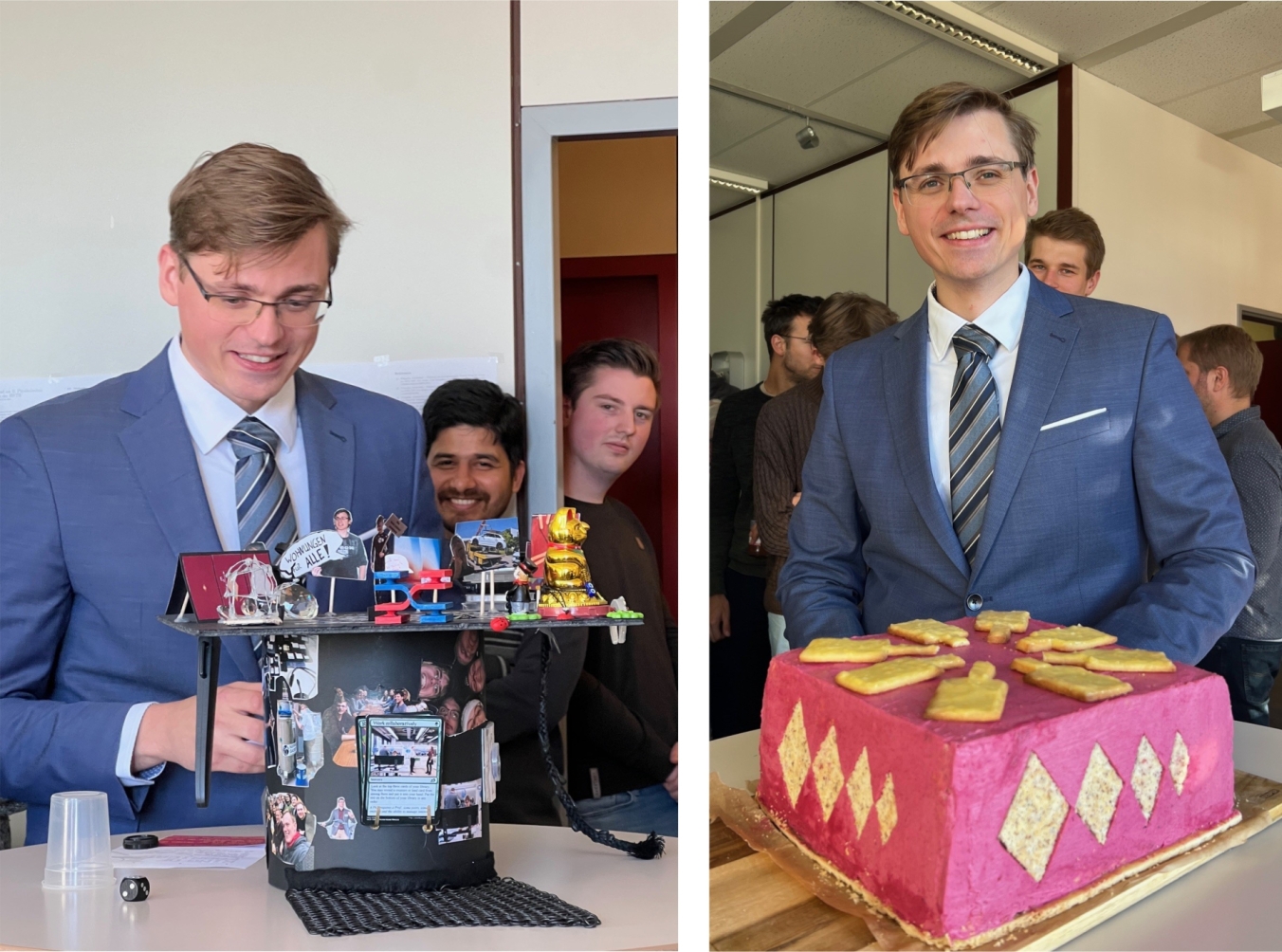

27.09.2024
Samuel Möller successfully defended his PhD thesis
On 27.09.2024, Samuel Möller successfully defended his PhD thesis. Congratulations to Dr. Samuel Möller on this commendable accomplishment!
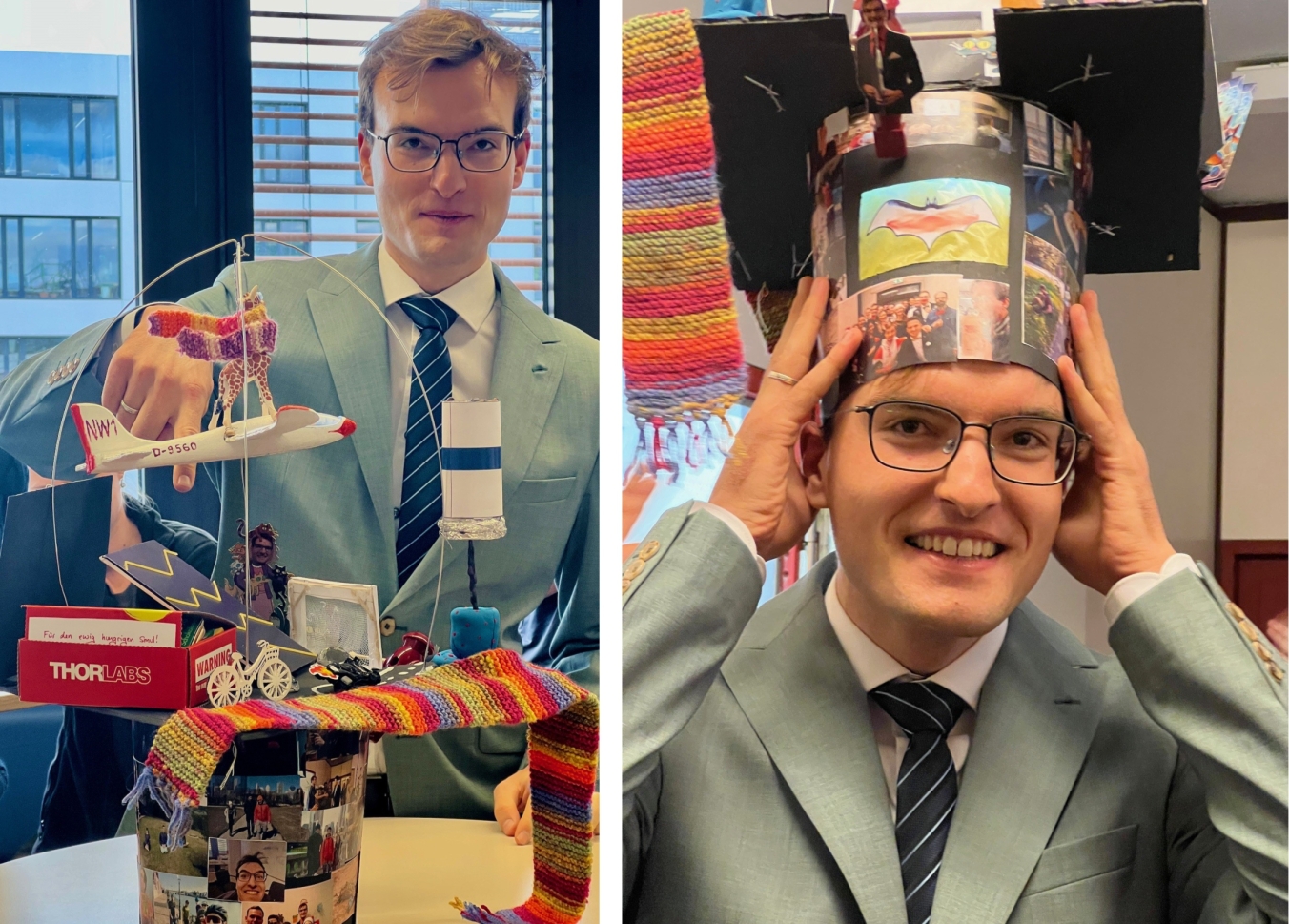

20.09.2024
Emma Horgan from Imperial College London completes a 12-week ML4Q Undergraduate Research Internship
Today we celebrated that Emma Horgan from Imperial College London successfully completed her 12-week internship in our group as part of the ML4Q Undergraduate Research Internship Program. During her internship, Emma actively participated in our research activities related to bilayer graphene quantum dots and made valuable contributions to our ongoing projects. We greatly appreciate Emma's enthusiasm and the fresh perspectives she has brought to our team. We wish her all the best!
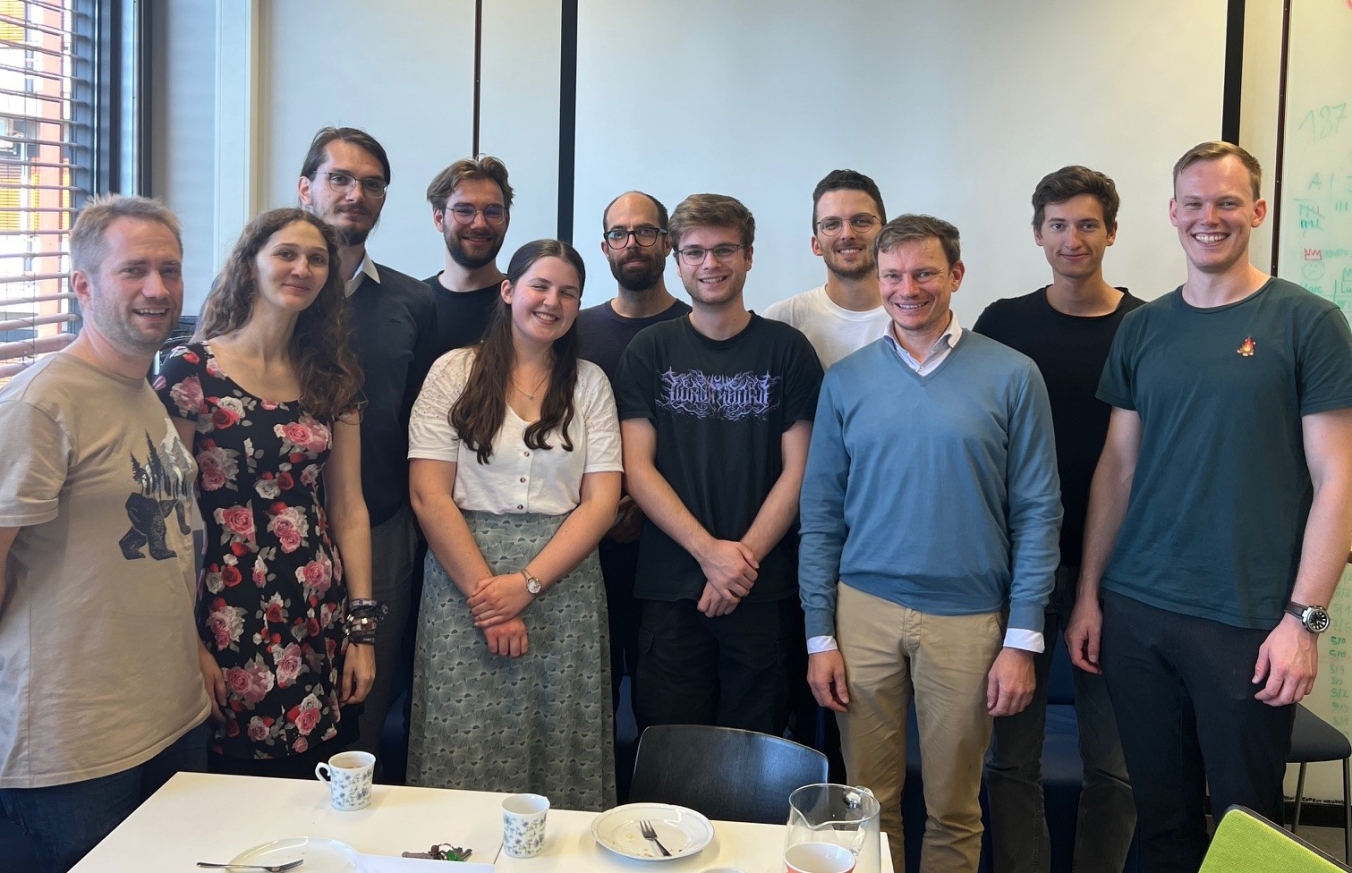

19.09.2024
Institute Excursion to Wildenhof: A Day of Fun
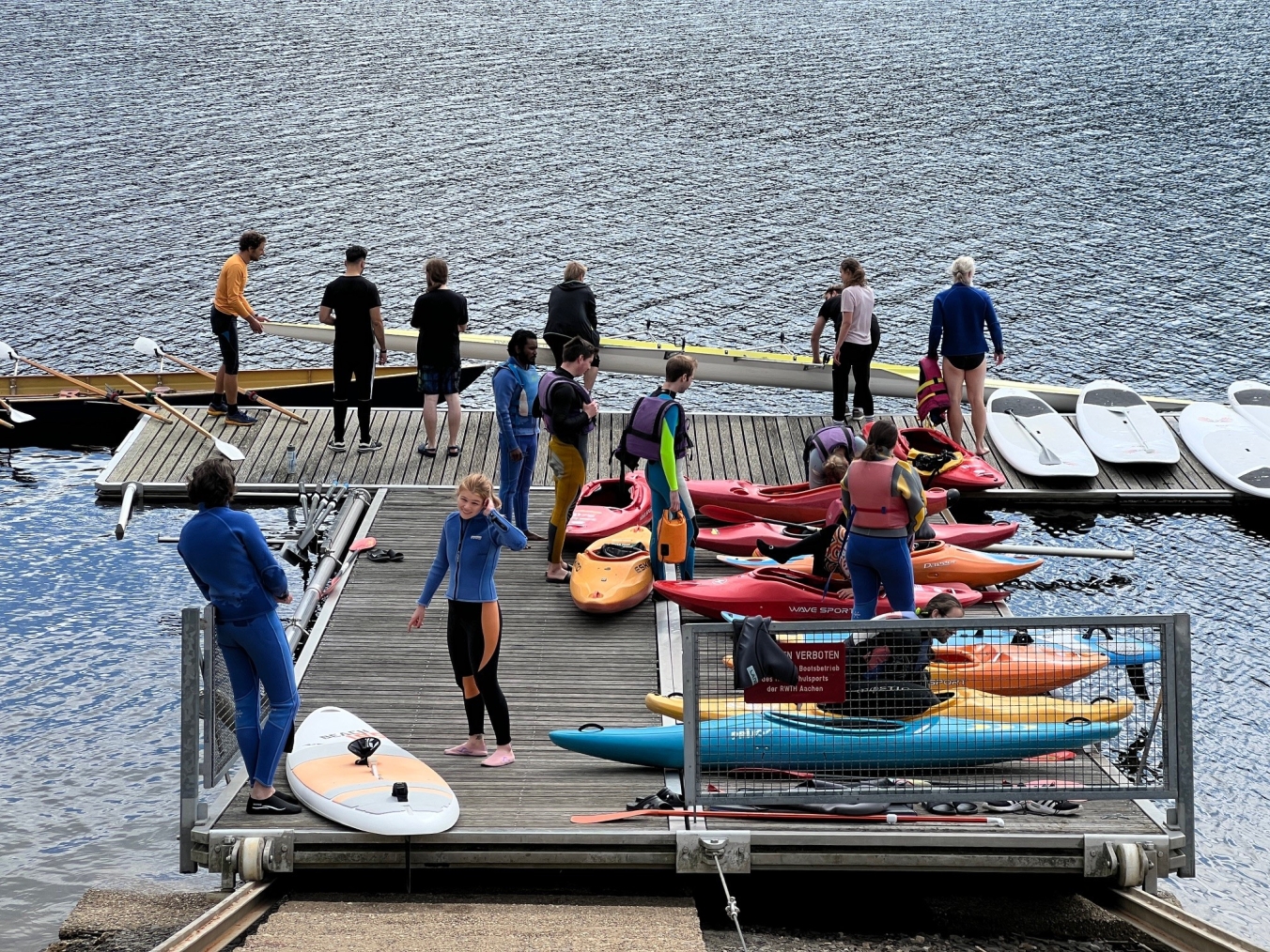
Last Friday, our annual institute excursion to the Wildenhof at the Rursee took place once again, and it was a great fun! The day kicked off with cycling (for a few of us) and various water sport activities in the morning. In the afternoon, we gathered on the terrace for a barbecue, with plenty of food and drinks to go around. A big thank you to everyone who participated and helped make this happen!

18.09.2024
New publication: Ultrasteep Slope Cryogenic FETs Based on Bilayer Graphene
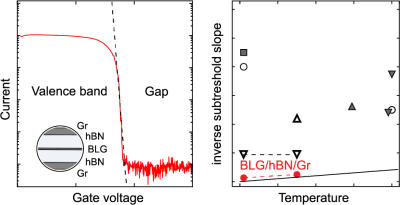
Nano Letters 24, 11454 (2024) Cryogenic field-effect transistors (FETs) offer great potential for applications, the most notable example being classical control electronics for quantum information processors. For the latter, on-chip FETs with low power consumption are crucial. This requires operating voltages in the millivolt range, which are only achievable in devices with ultrasteep subthreshold slopes. However, in conventional cryogenic metal-oxide-semiconductor (MOS)FETs based on bulk material, the experimentally achieved inverse subthreshold slopes saturate around a few mV/dec due to disorder and charged defects at the MOS interface. FETs based on two-dimensional materials offer a promising alternative. Here, we show that FETs based on Bernal stacked bilayer graphene encapsulated in hexagonal boron nitride and graphite gates exhibit inverse subthreshold slopes of down to 250 μV/dec at 0.1 K, approaching the Boltzmann limit. This result indicates an effective suppression of band tailing in van der Waals heterostructures without bulk interfaces, leading to superior device performance at cryogenic temperature.

28.06.2024
Professor Slava Rotkin from Penn State University completes sabbatical with our research group

We are pleased to announce that Professor Slava Rotkin from Penn State University (US) has successfully completed a 3 month visit to our group. During this time, Slava worked closely with our team, contributing to several ongoing projects and sharing valuable insights from his extensive expertise in nanoscience and nanotechnology, with a particular focus on theoretical modelling of nanomaterials. We wish Slava continued success in his future endeavours and hope that this sabbatical experience has been as rewarding for him as it has been for our group.

13.06.2024
Master student Jan-Lucas Uslu completes 1-month research stay at Stanford University
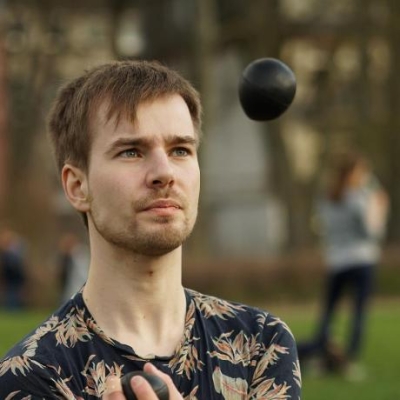
From 29. April to 1. June, our Master student Jan-Lucas Uslu visited Prof. David Goldhaber-Gordon at Stanford University. During the research stay, Jan worked on the application of machine learning techniques to advanced image analysis and other topics. This visit helped with ongoing research in the field of 2D materials and twisted bilayer graphene. We support our students in gaining international research experience and academic collaborations.

28.05.2024
2DMP Kickoff Meeting of the 2nd Funding Period of the DPG SPP 2244
The kickoff meeting for the second funding period of the SPP 2244 program took place in Dresden. This event marked the beginning of a new phase for the SPP. At this meeting, the newly constituted Steering Committee for the current funding period was also elected. The Committee includes Ursula Wurstbauer from the University of Münster, Janina Maultzsch from FAU Erlangen-Nürnberg, Jaroslav Fabian from the University of Regensburg, Christoph Stampfer from our group, and Thomas Heine (Coordinator) from TU Dresden.


